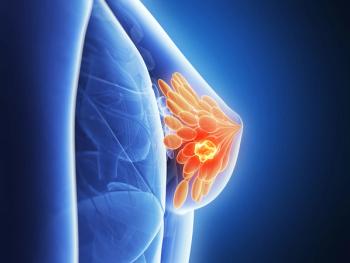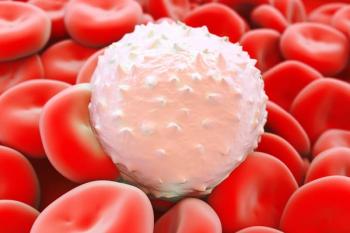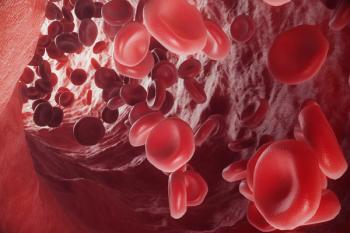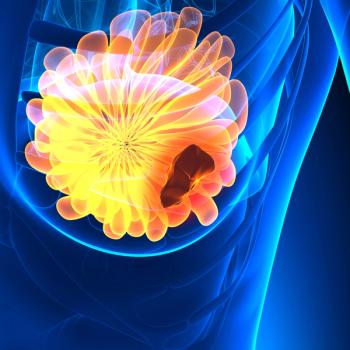
Ultra-Hypofractionated RT May Offer Convenience in Elderly Breast Cancer
Whole or accelerated partial breast ultra-hypofractionated radiation in older patients with early breast cancer may reduce recurrence with low toxicity.
Ultra-hypofractionated radiotherapy (UHFRT) was well tolerated and reduced the rate of local recurrence in elderly patients with early-stage breast cancer, even among those with low endocrine therapy compliance, according to Bin Gui, MD.
CancerNetwork® spoke with Gui, a fourth-year radiation oncology resident at the Northwell Health Cancer Institute, about what he hoped colleagues would take away from results of a study assessing UHFRT among older patients with early-stage breast cancer presented at the
Gui explained that both whole breast (WBI) and accelerated partial breast irradiation (APBI) regimens were convenient and well tolerated for patients with early-stage breast cancer who were 65 years or older. He highlighted that there was 100% compliance with radiation therapy, even among those who could not comply with the addition of endocrine therapy. He concluded by stating that hypofractionated radiation may be a good option in this population, although additional prospective studies are necessary to confirm these findings.
Patients were treated using regimens employed in the phase 3 FAST-Forward trial (ISRCTN19906132) and another trial assessing APBI in breast cancer (NCT02104895).2,3
Results from the trial presented at ASTRO found that at a 10-month follow-up, no ipsilateral breast tumor recurrence (IBTR) occurred in the radiation cohort. Furthermore, there was an absence of grade 3 or 4 toxicities, and minimal low-grade (UHFRT alone, 2%; UHFRT plus ET; 0%) and late (2% vs 0%) toxicities were observed with radiation therapy.
Transcript:
In conclusion, this study demonstrates that ultra-hypofractionated radiation with either the FAST-Forward or APBI regimens offers a convenient and easily tolerated treatment approach for older [patients] who [want] to reduce the rate of their local recurrence. Furthermore, [apart from patients having] diminished compliance with endocrine therapy, their compliance with ultra-hypofractionated radiation was 100%. These regimens [may] offer patients great options to [improve] local control with low toxicity rates. Further prospective studies are necessary to confirm these initial findings.
Reference
- Gui B, Ojo O, Ottensoser L, et al. Ultra-Hypofractionated Radiation in Older Patients with Low Risk Early-Stage Breast Cancer. Presented at the 2024 American Society for Radiation Oncology (ASTRO) Annual Meeting; September 29 – October 2, 2024; Washington, DC. Poster 2683
- Brunt AM, Haviland JS, Wheatley DA, et al. One versus three weeks hypofractionated whole breast radiotherapy for early breast cancer treatment: the FAST-Forward phase III RCT. Health Technol Assess 2023;27(25). doi:10.3310/WWBF1044
- Meattini I, Marrazzo L, Saieva C, et al. Accelerated partial-breast irradiation compared with whole-breast irradiation for early breast cancer: long-term results of the randomized phase III APBI-IMRT-Florence trial. J Clin Oncol. 2020;38(35):4175-4183. doi:10.1200/JCO.20.00650.
Newsletter
Stay up to date on recent advances in the multidisciplinary approach to cancer.

















































































